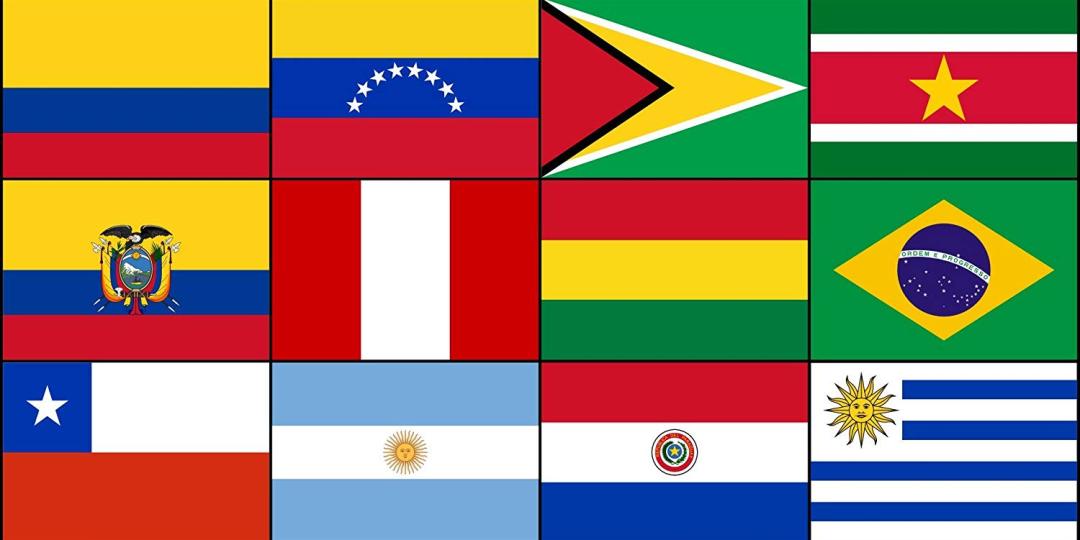South America is rapidly emerging as a key source market for the region, with Statistics SA reporting a 9% increase in year-to-date arrivals for August 2018, compared to 2017.
In South Africa, the key South American source countries are Brazil and Argentina with Chile growing. These markets have shown considerable growth over the last three years, with South Africa welcoming just over 100 000 visitors last year and already by August this year, welcoming 76 000.
With this growing demand, the trade is examining ways of leveraging this market to help grow the industry. Tourism Update spoke to a number of industry experts, examining the South American traveller profile, to assist the industry is packaging for the market.
According to Dinky Malikane, Regional General Manager: Americas at South African Tourism (SA Tourism), there is a large demand amongst families, solo travellers and couples (often honeymooners). According to Sonia Fernandez Carralero, Key Account Sales Manager – Latin America, Southern Europe, Scandinavia and Australasia, at Thompsons Africa: “They like child-friendly places, since this is a market that travels in big families, including three generations at times.” She says a large portion of the market is family travellers, particularly during school holidays, which fall into South Africa’s high season (December to March). André Laget, MD at Akilanga DMC and Events says they operate in all segments, including group tours and regular scheduled tours.
Malikane adds that a growing number of first-time travellers are choosing South Africa as their first international destination. “In the recent past, Brazilians went to South Africa only after visiting Europe and the United States, and now they are choosing South Africa as their first international trip.” This is due in part to the attractive prices of air travel to South Africa, and in part to an increasing awareness of the destination.
SA Tourism also notes that there is a growing market of ‘Afro-descendants’, who are travelling with an interest in ‘coming back home’. “SA Tourism has noticed this new demand, and we are already planning some actions to better reach this market,” further adding that South African operators would benefit from learning how to package and sell to Afro-descendants, “and also be ready to meet their expectations when they arrive in South Africa”.
In terms of budget, the South American market appears to vary. Julia Louw, General Manager for Southern Africa at Kobo Safaris, says: “The average South American budget is in the middle of the spending scale.” However, she adds that there is also a sizable portion of luxury travellers, with Fernandez Carralero saying: “There are two types of budgets: the very tight budget which always looks out for the cheapest price, and those who are not at all price conscious.” She says that in her experience, Chileans, Mexicans, Colombians and Peruvians are more interested in high-end travelling, although she adds that this does not always mean they buy exclusively five-star products.
Louw further notes that she has seen a 60/40 split between middle-range and high-end travellers.
Laget notes that the luxury market is smaller, with the average spend from Brazilian visitors being around US$2 150, and US$980 from Argentinians. However, he believes that this will vary according to the South American tour operator organising the trip.
Victoria Rodenacker, Market Manager for South America, Spain and Portugal at Tourvest DMC further notes that with rugby gaining popularity across South America, trips to South Africa in the three and four-star bracket are growing as more fans travel to the region to enjoy a rugby-focused package.
Malikane says that as the dollar has strengthened, South American travellers are looking for destinations where the Brazilian Real is favourable. Sitting at around R4 ($0.28) to one Real, South Africa can therefore price itself competitively.
In terms of itineraries, it appears that the market does well when combining a trip to South Africa with an Indian Ocean Island. Rodenacker says: “Usually they will combine their stay in Southern Africa with a visit to Mauritius or Seychelles.” Louw and Fernandez Carralero also highlight Mauritius and Seychelles as popular combination destinations, with Fernandez Carralero noting that Madagascar is growing. She further notes that European tourists can often get good deals to Mauritius via Mauritian DMCs, giving local DMCs only the Southern Africa portion of the itinerary. “However, the South American market would still book through a ground handler in South Africa who can do all the destinations.”
























